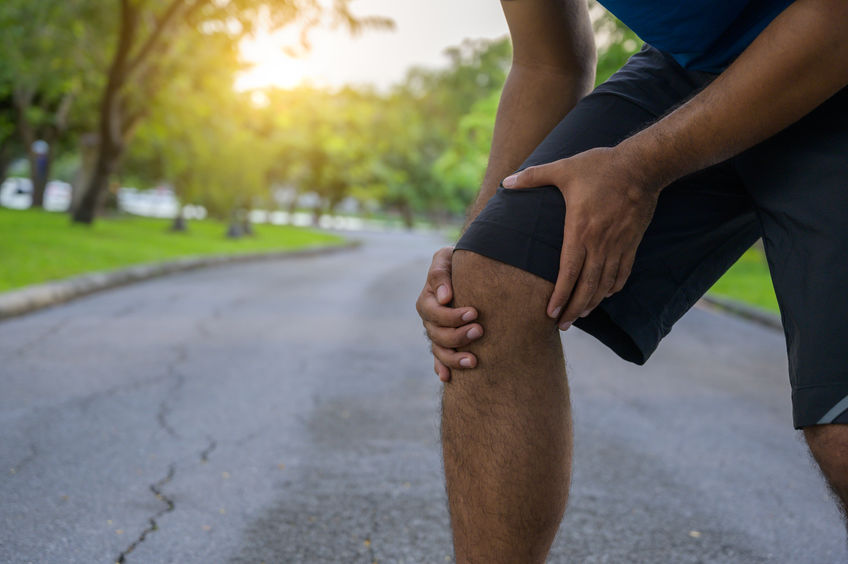Safe And Reliable Surgery To A Pain-Free Life
Arthritis symptoms can cause severe limitations leading to an overwhelming number of patients undergoing total joint replacement surgery. A total joint replacement is considered a reliable treatment course to increase joint range of motion and help people return to active lives free of arthritic pain. After surgery, patients need to adhere to a recovery plan, including monitoring and reducing swelling at the surgery site.
Why do you need to prevent swelling?
After discharge from a total joint replacement, the healthcare team will talk about a recovery plan. While the complication rate after total joint replacement surgery is low, a recovery process can slow down when complications occur. Swelling of the joint can be a warning sign of a complication such as an infection or a blood clot. These techniques will help reduce swelling and help ensure a full and speedy recovery.
1. Apply ice regularly
Swelling after surgery is normal and should go down over time. At home, wrap an ice pack of a package of frozen vegetables in a thin cloth and place it on the recovering joint. Limit the use of ice for 20 minutes at a time. Continue to ice this area several times daily.
2. Elevate above heart level
Patients who undergo total knee or total hip replacements are advised to elevate the joint above heart level. Keep the leg as straight as possible when elevated. Depending on the surgery, ask the healthcare provider for tips on safe elevation positions. Elevating the extremity throughout the day helps the blood flow back to the heart, which aids in decreasing swelling.
3. Take it slow with gradual exercise
Doctors often encourage patients to begin using the new joint as soon as possible after surgery. Get out of bed and move around and do exercises recommended by the healthcare team. Do not overdo exercises. Gradual slow exercises will help a person regain movement of the new joint and lower the risk of blood clots.
Watch out for warning signs
While swelling is a normal part of the health process after a total joint replacement, warning signs can represent a more severe condition. Contact the surgeon’s office if there is:
- Increasing pain in the operative location.
- Additional swelling and redness.
- A swollen, tender, reddened, or warm extremity.
- A temperature above 101 degrees Fahrenheit for more than 24 hours.
Positive results for patients
A total joint replacement aims to give the patient a new joint that will allow the patient to be active and live pain-free. By following the directions of the healthcare team and doctors, surgery patients can recover quickly and return to a more independent lifestyle in no time.



